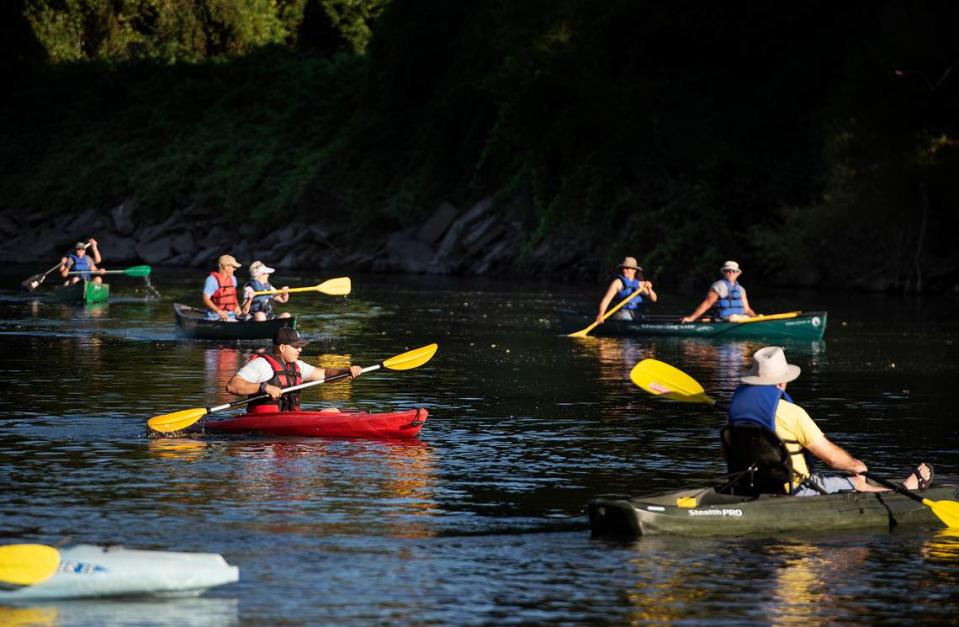Fatal drownings put focus on water safety in the Central Valley. Here’s what you need to know
As the weather heats up, locals flock to waterways for a refreshing dip and May is Drowning Awareness month, the optimal time to learn how to be safe while beating the heat.
Rapid currents, frigid water, suction outlets, and even floating debris are some of the factors that could cause danger to even the strongest of swimmers. Recent fatal drownings in the region occurred just feet from the shore highlighting just how quickly things can turn tragic.
Canals
Usually full from March through October, canals prove too tempting for some swimmers. Take a tip from Splasher, the MID Canal Safety Frog who says:
Learn to swim
Never swim alone
Swim and play in safe places
Never swim in canals
Canals pose a risk to swimmers because they can get caught in rushing surges and even stuck in underwater drainage pipes. Especially for children and elderly people, once caught in trouble it is hard to get help. MID urges people to stay away from canals and only swim in places that are safe and meant for recreation.
Rivers and Lakes
After the wet winter and spring seasons, rivers and lakes are full. Though seeming calm and cool, lakes can pose many dangers to swimmers. Frigid temperatures can feel good at the moment but cold water shock can lead to immediate trouble by causing one to gasp for air and panic. Prolonged exposure can cause the loss of muscle control and even hypothermia within 20 to 30 minutes.
Wearing a life jacket is essential when swimming or boating in lakes and rivers. Usually in bright colors to be easily seen by boats, a life jacket is proven to save lives. In 2019, data shows that of the 613 boating-related deaths in the United States, 86% of those who died were not wearing life jackets.

Full rivers are fun for floating and rafting, but strong currents can quickly overpower anyone. It is important to wear a life jacket and beware of dangers. It is advised to never enter a rapid current past your mid-calf as you’re more likely to be swept away when submerged more deeply.
Floaters and rafters should pay close attention to fallen trees or rocks in the water that could injure them and even trap them beneath rapids. Make sure to always be with a person or group of people in case there is an emergency.
Alcohol consumption should also be limited. According to the Coast Guard, 75% of all boating deaths are alcohol-related and the cause of 50-70% of adult drowning deaths. Drowning is the second leading cause of unintentional deaths among adults 20 to 44 years old. Hot temps can dehydrate a body quickly leading to more drinking and further impairing a swimmer. Make sure to limit drinking and stay hydrated with water throughout the day.
Swimming Pools
There are plenty of pools and splash pads available for Stanislaus County residents. It is advised to swim in pools with lifeguards when possible and to also limit the drinking of alcohol when enjoying a splash.
Children should be equipped with proper flotation devices and always be monitored even in the shallow zone. With all the activity in a busy pool, it could be easy to lose sight of a child and they could get into trouble quickly.
Though rare, children and adults can get caught in underwater suction pipes that can pull them down in seconds. Swimmers should always be aware of their surroundings especially in the deep end as those on a high dive and eager jumpers could easily come crashing down on a swimmer just paddling by.
The best advice is to learn to swim. The City of Modesto offers several swimming courses from group classes to private instruction. Classes available for kids as young as one year old all the way to teens and adults. Those who know how to swim can enroll in stroke refinement classes and fitness activities to keep their skills sharp. The city also offers lifeguard certification courses and swim programs for elderly and disabled individuals.

